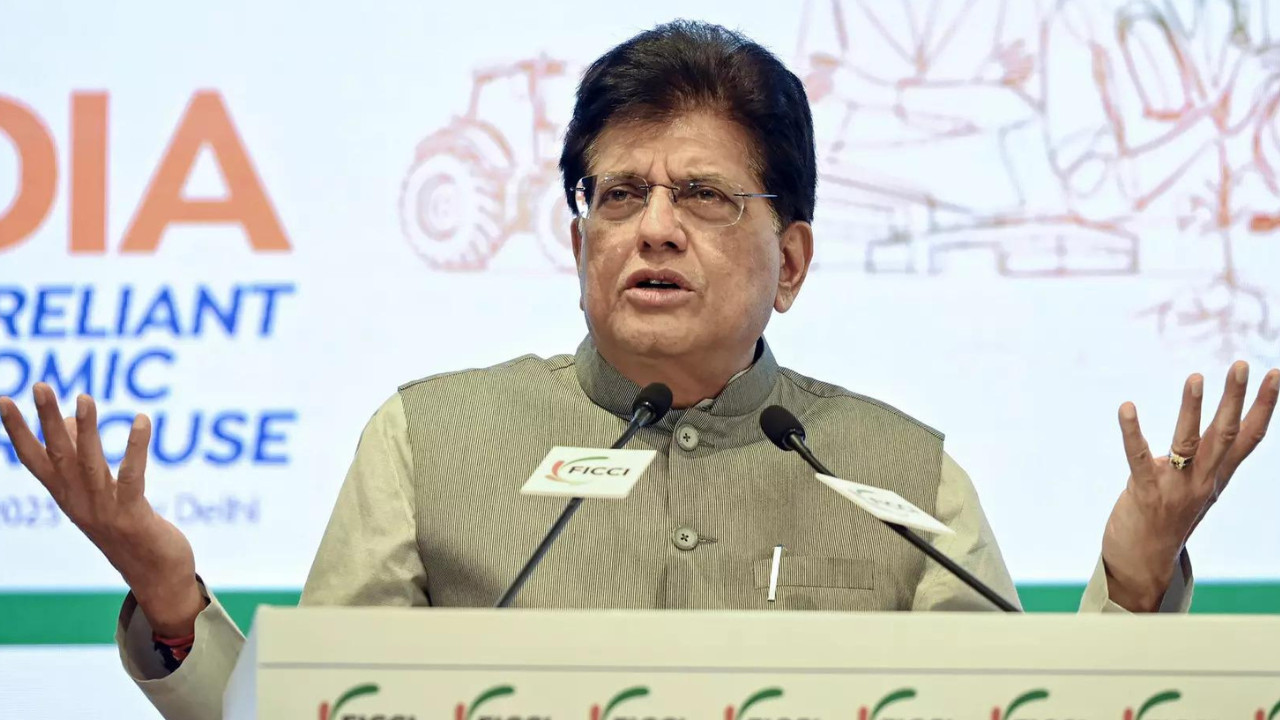India’s house price index saw a 3.6% year-on-year rise in Q1 of the current fiscal, moderating from last year’s 7.6% growth. The Reserve Bank of India’s updated index, now with a 2022-23 base year and expanded city coverage, also recorded a 2% sequential increase. Nagpur, Chandigarh, Chennai, and Kochi led the gains.
Riding the Real Estate Wave: Decoding India’s House Price Trends
The Indian housing market continues to be a fascinating landscape of shifting tides and localized surges. The latest figures paint a picture of steady, if not spectacular, growth, with the All-India House Price Index (HPI) showing a 3.6% increase in the first quarter of the fiscal year. But digging beneath the surface reveals a much more nuanced story. This isn’t a uniform rise; rather, it’s a mosaic of regional variations, with some cities outpacing others significantly.
The National Housing Bank (NHB) data unveils intriguing insights into which markets are truly heating up. While the overall national average shows moderate appreciation, certain urban centers are experiencing a more pronounced acceleration in property values. So, what’s fueling these localized booms?
Nagpur and Chennai: The Quarter’s Standout Performers
Forget the usual suspects for a moment. While metropolitan behemoths like Mumbai and Delhi undoubtedly influence the national average, the real action, at least for this quarter, was happening elsewhere. Nagpur and Chennai emerged as the frontrunners, leading the charge in quarterly gains.
Nagpur, often overshadowed by its larger Maharashtra neighbor, Mumbai, witnessed a notable upswing in house prices. What’s driving this surge in the “Orange City”? A combination of factors likely plays a role. Improved infrastructure, increasing industrial activity, and a relatively affordable cost of living compared to other major metros are drawing both businesses and residents. This influx is naturally putting upward pressure on housing demand and, consequently, prices.
Chennai, the vibrant capital of Tamil Nadu, also enjoyed a strong quarter. With its robust IT sector, thriving manufacturing base, and well-established infrastructure, Chennai has long been a desirable destination. The consistent demand for housing, coupled with increasing land values, has contributed to its impressive performance. Furthermore, Chennai benefits from a strong sense of cultural identity and a stable social environment, making it an attractive place to live and invest.

Understanding the All-India House Price Index
The All-India House Price Index (HPI) serves as a crucial barometer for understanding the overall health and direction of the residential real estate market. Calculated by the NHB, it tracks the changes in prices of residential properties across major cities in India. This index provides valuable insights for policymakers, developers, investors, and homebuyers alike.
Think of the HPI as a vital sign for the housing market. A rising HPI generally indicates increasing demand and property values, while a declining HPI suggests a slowdown or potential correction. However, it’s important to remember that the HPI is an aggregate measure and may not accurately reflect the situation in every local market. As we’ve seen, significant variations can exist between different cities and regions.
Factors Influencing Housing Market Dynamics
Several key factors are shaping the current landscape of the Indian housing market. Interest rates, economic growth, and government policies all play a significant role. For example, lower interest rates can make home loans more affordable, stimulating demand. Conversely, higher interest rates can dampen enthusiasm and slow down the market.
Government initiatives aimed at promoting affordable housing, such as subsidies and tax benefits, can also influence market dynamics. Infrastructure development, particularly in Tier II and Tier III cities, can unlock new areas for residential development and attract investment. The overall economic climate, including job creation and income growth, directly impacts people’s ability to purchase homes.
Navigating the Future of Indian Real Estate
The Indian housing market presents a mixed bag of opportunities and challenges. While the overall trend points towards continued growth, regional variations and external economic factors will continue to shape the landscape. For potential homebuyers, careful research and a deep understanding of local market dynamics are essential. Is it the right time to invest, or should you wait and watch? The answer likely depends on your specific circumstances and the location you’re considering.
For investors, identifying emerging markets like Nagpur and understanding the drivers behind their growth can be key to unlocking lucrative opportunities. While established metros remain important, these high-growth pockets offer the potential for greater returns. Keep an eye on infrastructure projects, industrial development, and population trends to identify the next wave of real estate hotspots. Also, be sure to check out our analysis of how interest rate changes affect property values [internal link to relevant article].
The Indian housing market is anything but static. Staying informed, understanding the nuances of local markets, and carefully assessing risk are crucial for navigating this dynamic landscape.







